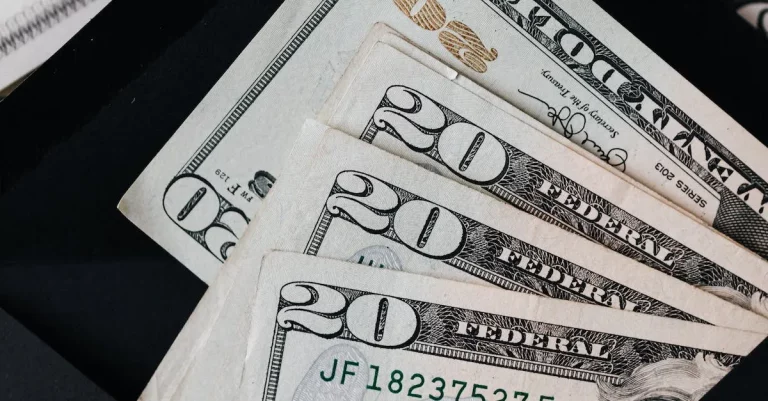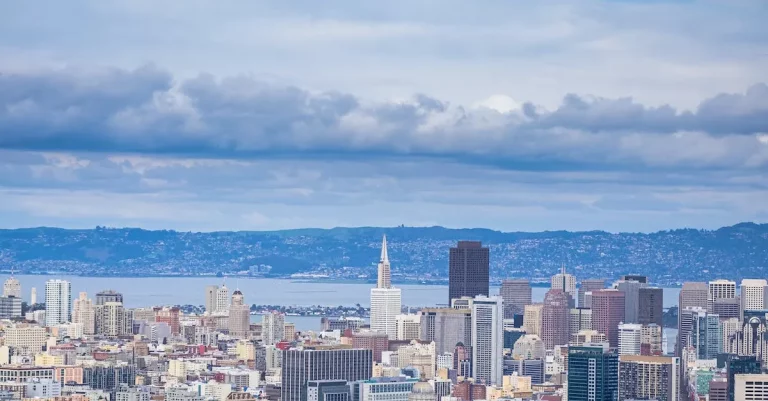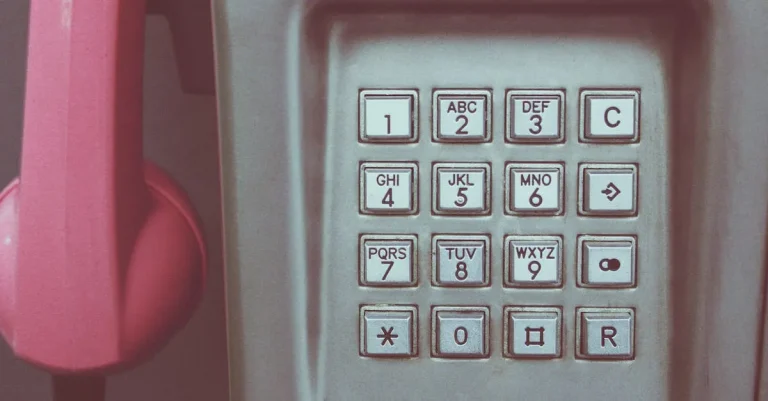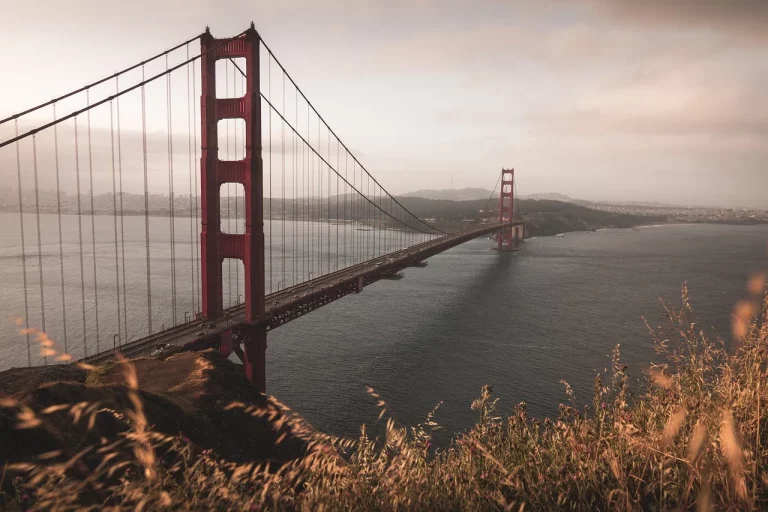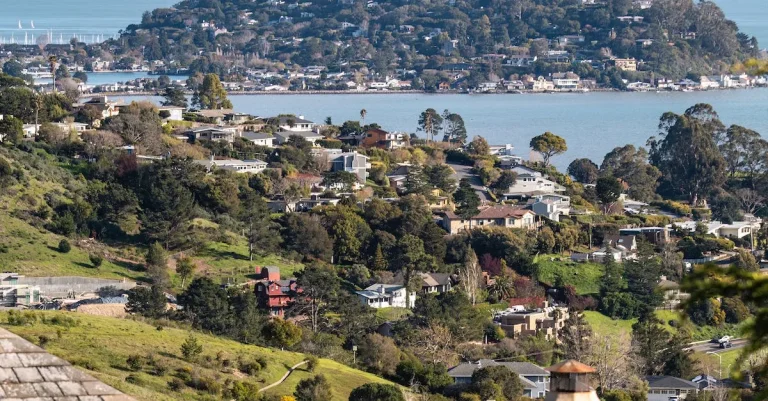What Road Is The Las Vegas Strip On? An In-Depth Look
The Las Vegas Strip is one of the most iconic tourist destinations in the world, famous for its opulent casinos, luxury resorts, and over-the-top attractions. But what street is actually home to this legendary stretch of road?
If you’re short on time, here’s a quick answer: The Las Vegas Strip runs along Las Vegas Boulevard South for roughly 4 miles.
In this comprehensive guide, we’ll take an in-depth look at the street that houses the world-famous Las Vegas Strip. We’ll examine its history, route, major landmarks, and how it came to be home to Sin City’s most famous hotels, casinos, and entertainment.
Las Vegas Boulevard South: The Road of the Strip
Las Vegas Boulevard South, commonly known as the Las Vegas Strip, is a world-renowned road that attracts millions of visitors each year. Stretching approximately 4.2 miles (6.8 kilometers), this iconic boulevard is home to some of the most famous hotels, casinos, and entertainment venues in the world.
Route
Las Vegas Boulevard South begins at the “Welcome to Fabulous Las Vegas” sign, located just south of Mandalay Bay Resort and Casino. From there, it travels north, passing through iconic landmarks such as the Luxor Hotel and Casino, the Bellagio, and Caesars Palace.
The road comes to an end at the Stratosphere Casino, Hotel & Tower, where it intersects with Sahara Avenue.
The Strip, as it is commonly referred to, is lined with extravagant resorts, glamorous casinos, and a myriad of shops, restaurants, and entertainment options. Visitors can stroll along the boulevard, taking in the dazzling lights and vibrant atmosphere, or hop on a bus or taxi to explore the various attractions along the way.
Length
The Las Vegas Strip, stretching for approximately 4.2 miles, is a relatively compact area considering the immense amount of entertainment and attractions it houses. Despite its short length, the Strip offers an endless array of experiences, from world-class shows and concerts to fine dining and high-end shopping.
It’s important to note that the Las Vegas Strip is just one part of Las Vegas Boulevard, which extends beyond the tourist-filled area. Las Vegas Boulevard continues both north and south of the Strip, connecting various neighborhoods and suburbs in the Las Vegas metropolitan area.
Origins as Highway 91
Before it became the famous Las Vegas Strip, Las Vegas Boulevard South was known as Highway 91. The road originally served as a connection between Los Angeles and Las Vegas, catering to travelers looking to experience the excitement of the city.
In the 1940s and 1950s, the Strip began to transform with the construction of iconic hotels and casinos, such as the Flamingo and the Desert Inn. As more resorts and attractions were built along the road, Highway 91 became synonymous with the glitz and glamour that Las Vegas is known for today.
Over the years, the Strip has continued to evolve, with new resorts and attractions constantly being added. Today, it stands as a testament to the city’s innovation and ability to continually reinvent itself to cater to the desires of visitors from around the world.
For more information about the history and attractions of the Las Vegas Strip, you can visit the official website of the Las Vegas Convention and Visitors Authority: https://www.lvcva.com/.
Major Landmarks and Attractions on the Strip
Casinos
One of the main draws of the Las Vegas Strip is its iconic casinos. From the famous Bellagio to the extravagant Caesars Palace, these casinos offer an unparalleled gaming experience. Visitors can try their luck at a variety of table games, slot machines, and poker rooms.
The casinos on the Strip also feature world-class restaurants, luxurious spas, and extravagant shopping malls. It’s no wonder that Las Vegas is often referred to as the “Entertainment Capital of the World”.
Hotels
Along the Las Vegas Strip, you’ll find some of the most luxurious and extravagant hotels in the world. From the towering Aria Resort and Casino to the iconic Wynn Las Vegas, these hotels offer opulent accommodations and amenities.
Each hotel has its unique theme and design, ranging from ancient Egypt to modern-day Paris. Visitors can indulge in luxurious spa treatments, take a dip in expansive pools, and enjoy world-class dining options.
Whether you’re looking for a romantic getaway or a family-friendly vacation, the hotels on the Strip have something to offer for everyone.
Entertainment Venues
The Las Vegas Strip is synonymous with world-class entertainment. From dazzling shows to famous headliners, there’s never a dull moment. The Strip is home to some of the most iconic entertainment venues, including the Colosseum at Caesars Palace, where Celine Dion and other renowned artists have performed.
The MGM Grand Garden Arena is another popular venue for concerts and sporting events. Visitors can also enjoy a variety of Cirque du Soleil shows, magic performances, and comedy acts. The options are endless when it comes to entertainment on the Las Vegas Strip.
For more information on the major landmarks and attractions on the Las Vegas Strip, you can visit visitlasvegas.com. This website provides a comprehensive guide to all the must-see places and experiences in Las Vegas, helping you plan your trip and make the most of your time on the Strip.
History and Development of the Las Vegas Strip
Early Days
The Las Vegas Strip, a world-renowned stretch of Las Vegas Boulevard, has a fascinating history that dates back to the early 20th century. In the 1940s, the Strip consisted of only a few small hotels and casinos, including the El Rancho Vegas and the Last Frontier.
However, it was in the 1950s that the Strip began to truly take shape and gain national attention.
During this time, famous hotels like the Flamingo, the Sands, and the Desert Inn were built, attracting high-profile entertainers such as Frank Sinatra, Dean Martin, and Elvis Presley. These iconic establishments became synonymous with the glitz and glamour that Las Vegas is known for today.
Growth in the 1950s-60s
The 1950s and 1960s marked a period of significant growth for the Las Vegas Strip. The construction of the iconic Stardust Hotel and Casino in 1958 set the stage for a wave of development that would transform the Strip into an entertainment hub like no other.
Hotels such as the Riviera, the Tropicana, and the Dunes soon followed suit, solidifying the Strip’s reputation as the ultimate destination for entertainment and gambling.
During this time, the Las Vegas Strip also became a hotspot for top-tier performers, with legendary acts like the Rat Pack, Liberace, and the Beatles gracing its stages. The Strip became a symbol of the American Dream, attracting visitors from all over the country and solidifying its place as one of the world’s most iconic tourist destinations.
Modern Era
The Las Vegas Strip continued to evolve and expand in the modern era. In the 1990s, mega-resorts like the Mirage, the Bellagio, and the Venetian were built, bringing a new level of luxury and opulence to the Strip.
These resorts featured extravagant amenities, including world-class restaurants, high-end shopping, and jaw-dropping entertainment shows.
Today, the Las Vegas Strip is constantly reinventing itself, with new hotels, casinos, and attractions being built regularly. The addition of the LINQ Promenade, a lively outdoor shopping and entertainment district, has further enhanced the visitor experience on the Strip.
Whether it’s exploring the replica Eiffel Tower at the Paris Las Vegas or enjoying a thrilling ride on the High Roller observation wheel, there is always something new and exciting happening on the Strip.
For more information on the history and development of the Las Vegas Strip, you can visit the Las Vegas Convention and Visitors Authority website, which provides a comprehensive overview of the Strip’s evolution over the years, as well as current and upcoming attractions.
Significance and Impact of the Strip
The Las Vegas Strip holds immense significance and has a significant impact on various aspects of society. It is not just a stretch of road; it represents the epitome of entertainment, luxury, and excitement.
Let’s take an in-depth look at the three major areas where the Strip has made its mark: tourism, economic engine, and its presence in pop culture.
Tourism
The Las Vegas Strip is the beating heart of the city’s tourism industry. With its dazzling array of world-class hotels, casinos, restaurants, and entertainment venues, it attracts millions of visitors each year.
Tourists flock to the Strip to experience the vibrant nightlife, indulge in gambling, attend shows by renowned artists, and dine at some of the finest restaurants in the world. The Strip has become a global tourism destination, drawing visitors from all corners of the globe.
Economic Engine
The Strip is not only a tourist magnet but also a significant contributor to the local economy. The revenue generated from the hotels, casinos, restaurants, and shops along the Strip is staggering. According to the Las Vegas Convention and Visitors Authority, in 2019, the tourism industry in Las Vegas generated a record-breaking $60 billion in economic impact.
The Strip alone accounted for a substantial portion of this revenue, providing thousands of jobs and fueling the growth of various industries.
In Pop Culture
The Las Vegas Strip has solidified its place in pop culture, becoming a symbol of glamour, excess, and excitement. It has been featured in numerous movies, television shows, and music videos, showcasing its iconic landmarks and vibrant atmosphere.
Movies like “Ocean’s Eleven” and “The Hangover” have immortalized the Strip as a backdrop for thrilling heists and wild adventures. Its presence in pop culture has further fueled its allure and made it an instantly recognizable symbol of the entertainment industry.
Conclusion
The Las Vegas Strip, while not actually located in the city of Las Vegas, runs along the busy thoroughfare of Las Vegas Boulevard South. This iconic 4-mile stretch of road holds some of the most famous casinos, resorts, and attractions in the gambling capital of the world. By learning about Las Vegas Boulevard South, we gain insight into how the Strip became one of the most popular tourist destinations on Earth.


